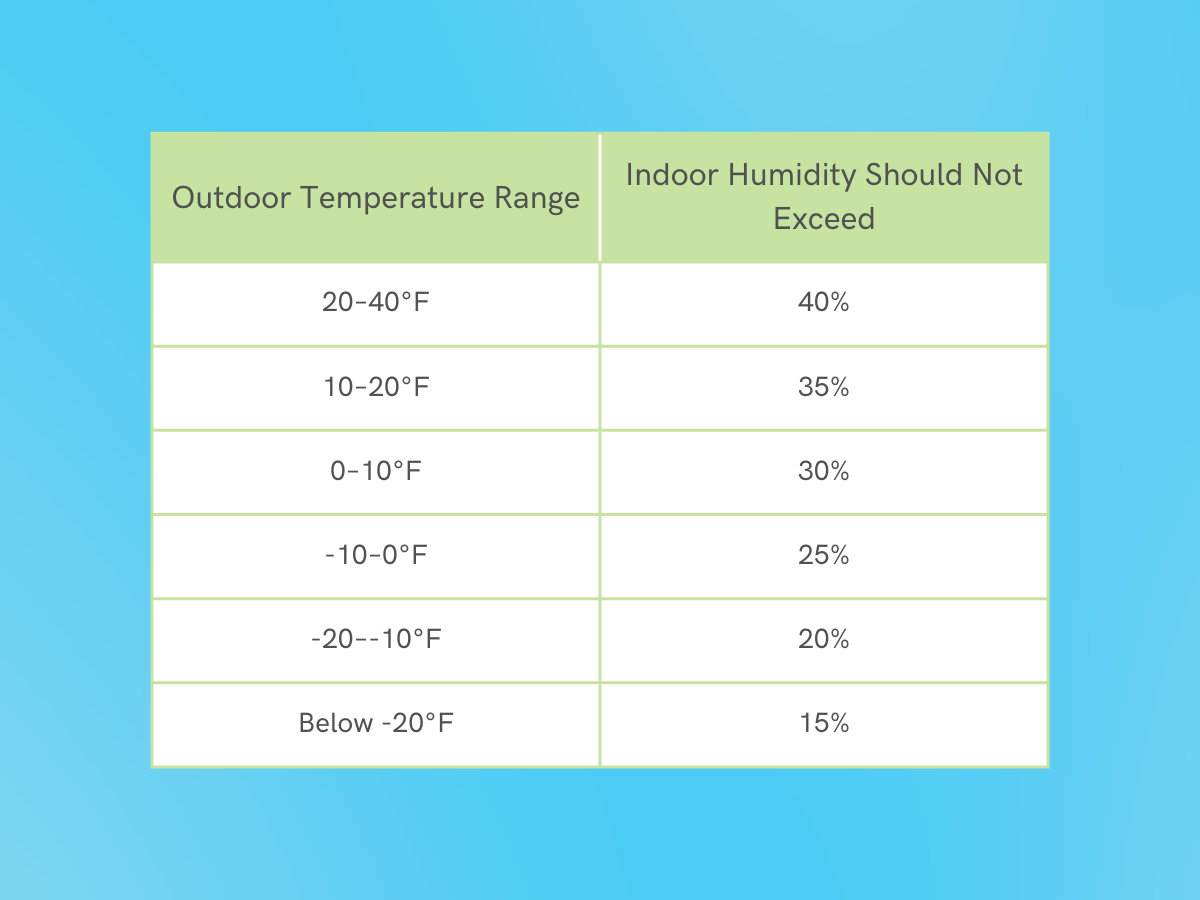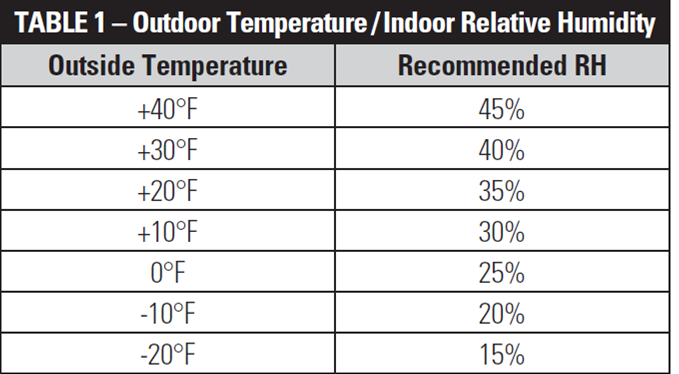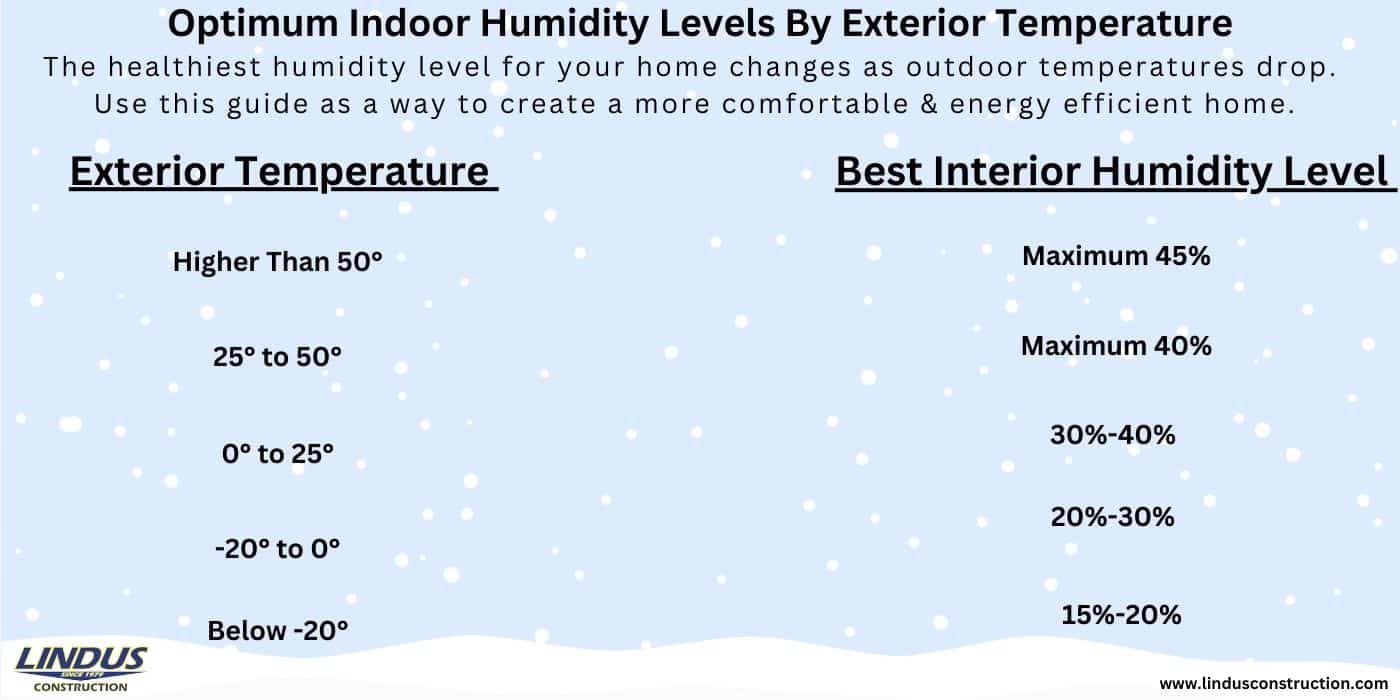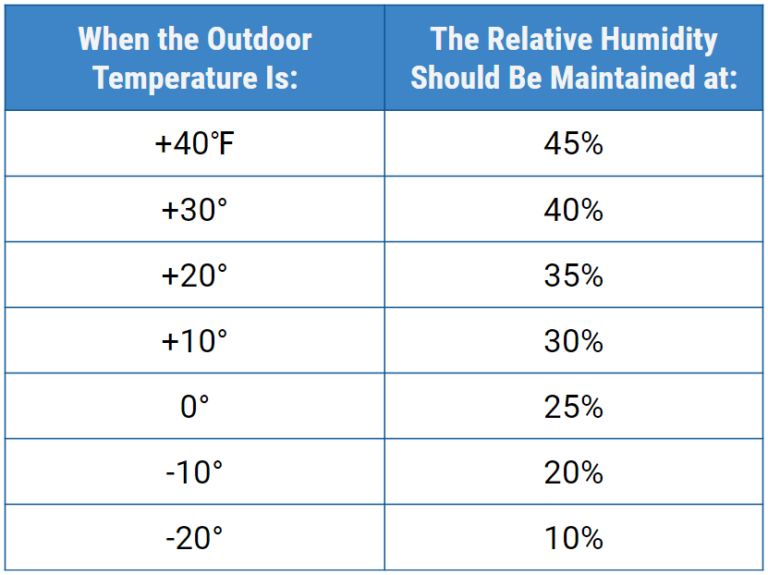What Percent Humidity Should Your House Be
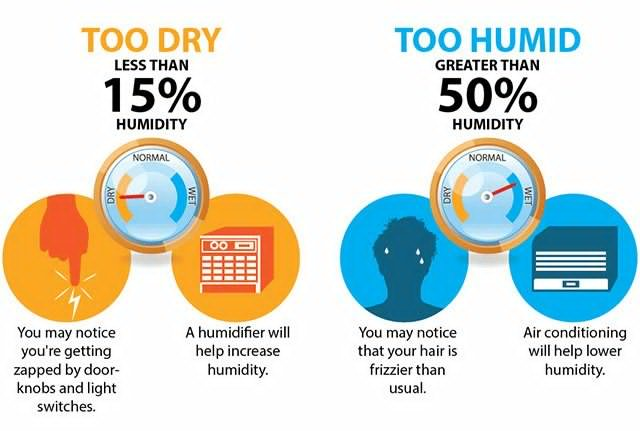
Understanding Humidity and Your Home's Comfort
Maintaining the right humidity level in your home is crucial for comfort, health, and even the structural integrity of your property. Humidity, in simple terms, is the amount of moisture in the air. Too much or too little can lead to a range of problems, from mold growth to dry, cracked skin.
The Ideal Humidity Range: A Balancing Act
The generally recommended humidity level for homes falls between 30% and 50%. During the winter months, a slightly lower range of 30-40% is often recommended to prevent condensation on windows and subsequent mold growth. In the summer, aiming for 40-50% can help prevent that sticky, uncomfortable feeling.
It's important to note that these are guidelines. Individual comfort levels can vary. Factors like your geographic location, the age of your home, and the presence of specific health conditions can all influence your ideal humidity range.
Why Humidity Levels Matter
Health Impacts: More Than Just Comfort
High humidity creates a breeding ground for mold, mildew, and dust mites, all of which are common allergens. These allergens can trigger asthma attacks, allergy symptoms (sneezing, coughing, runny nose), and other respiratory issues. Excess moisture can also contribute to bacterial growth, increasing the risk of infections.
Conversely, low humidity can dry out your skin, causing itching and irritation. It can also exacerbate respiratory problems, leading to nosebleeds, sore throats, and increased susceptibility to colds and flu viruses. Wood furniture and flooring can also dry out and crack in excessively dry conditions.
Structural Impacts: Protecting Your Investment
Excessive humidity can lead to significant structural damage over time. Mold and mildew can rot wood, weaken drywall, and damage insulation. Condensation can form on windows and walls, leading to water stains and peeling paint. In colder climates, condensation can even freeze inside walls, causing them to buckle and crack.
Low humidity can also cause problems. Wood floors and furniture can shrink and crack. Gaps can appear around windows and doors, leading to drafts and increased energy costs.
Identifying Humidity Problems
Signs of High Humidity
- Visible mold or mildew growth (especially in bathrooms, kitchens, and basements)
- Condensation on windows and mirrors
- A musty or stale odor
- Water stains on walls or ceilings
- Warping or buckling of wood floors
Signs of Low Humidity
- Dry, itchy skin
- Frequent nosebleeds
- Static electricity
- Cracked wood furniture or flooring
- Gaps around windows and doors
Using a Hygrometer
The most accurate way to determine your home's humidity level is to use a hygrometer. These devices are relatively inexpensive and can be purchased at most hardware stores or online retailers. Place the hygrometer in a central location away from direct sunlight or drafts for the most accurate reading. Digital hygrometers often display both temperature and humidity.
Controlling Humidity in Your Home
Strategies for Reducing Humidity
- Use exhaust fans: Run exhaust fans in bathrooms and kitchens when showering, bathing, or cooking.
- Vent clothes dryers: Ensure your clothes dryer is properly vented to the outside.
- Fix leaks: Repair any leaks in your plumbing or roof promptly.
- Improve ventilation: Open windows and doors when weather permits to increase air circulation.
- Use a dehumidifier: In especially humid climates or basements, a dehumidifier can effectively remove excess moisture from the air. Consider a whole-house dehumidifier integrated with your HVAC system for optimal performance.
- Seal crawl spaces: Encapsulating or properly sealing crawl spaces can prevent moisture from entering your home.
Strategies for Increasing Humidity
- Use a humidifier: A humidifier adds moisture to the air. There are several types available, including portable humidifiers for individual rooms and whole-house humidifiers that connect to your HVAC system.
- Boil water on the stovetop: Simmering a pot of water can add moisture to the air.
- Take shorter showers: Long, hot showers can dry out your skin.
- Air dry clothes indoors: Allow clothes to air dry indoors to release moisture into the air.
- Houseplants: Plants release moisture into the air through transpiration.
HVAC Systems and Humidity Control
Air Conditioners and Dehumidification
Air conditioners naturally remove moisture from the air as they cool. However, some air conditioners are more effective at dehumidification than others. Look for models with a higher Sensible Heat Ratio (SHR). A lower SHR indicates a greater proportion of the air conditioner's capacity is dedicated to cooling rather than dehumidification. Modern variable-speed compressors offer superior dehumidification by running longer at lower speeds, removing more moisture without overcooling.
Example: A traditional single-stage AC might cool the air quickly, but cycle on and off frequently, leaving moisture behind. A variable-speed unit might run longer at a lower capacity, removing more moisture and maintaining a more consistent temperature.
Dehumidifiers: Portable vs. Whole-House
Portable dehumidifiers are suitable for individual rooms or small areas. They are relatively inexpensive and easy to move. However, they require manual emptying of the water collection tank. They also tend to be less energy-efficient than whole-house models.
Whole-house dehumidifiers are integrated into your HVAC system and can dehumidify your entire home. They are more expensive to install but offer superior performance and convenience. They typically drain automatically into your home's plumbing system. Many models allow you to set a target humidity level, automatically maintaining the desired level throughout your home. Aprilaire and Honeywell are two well-regarded brands.
Humidifiers: Bypass, Steam, and Evaporative
Bypass humidifiers are the most common type and are relatively inexpensive. They work by diverting a portion of the heated air from your furnace through a wetted pad. The moisture evaporates into the air and is distributed throughout your home via your ductwork.
Steam humidifiers are more expensive but offer more precise humidity control. They boil water to create steam, which is then injected into your ductwork. Steam humidifiers are a good choice for homes with radiant heat or other heating systems that don't use forced air.
Evaporative humidifiers use a fan to blow air across a wet wick or pad. They are less expensive than steam humidifiers but can be less effective at raising humidity levels in large homes.
Professional HVAC Services
If you're struggling to maintain the proper humidity level in your home, it's best to consult with a qualified HVAC technician. A technician can assess your home's specific needs and recommend the best solutions, whether it's a new air conditioner, a dehumidifier, a humidifier, or a combination of these. Regular HVAC maintenance, including cleaning and inspecting your system, can also help improve humidity control and overall efficiency. HVAC professionals can also perform a load calculation to accurately size your equipment for optimal performance.
Costs to consider: Installation of a whole-house dehumidifier can range from $1,500 to $3,000. A whole-house humidifier installation typically costs between $500 and $1,500. The long-term benefits of proper humidity control, including improved health, comfort, and structural protection, often outweigh the initial investment.
Maintaining the correct humidity level is an ongoing process that requires attention and adjustments. By understanding the importance of humidity and taking proactive steps to control it, you can create a healthier, more comfortable, and more durable home.
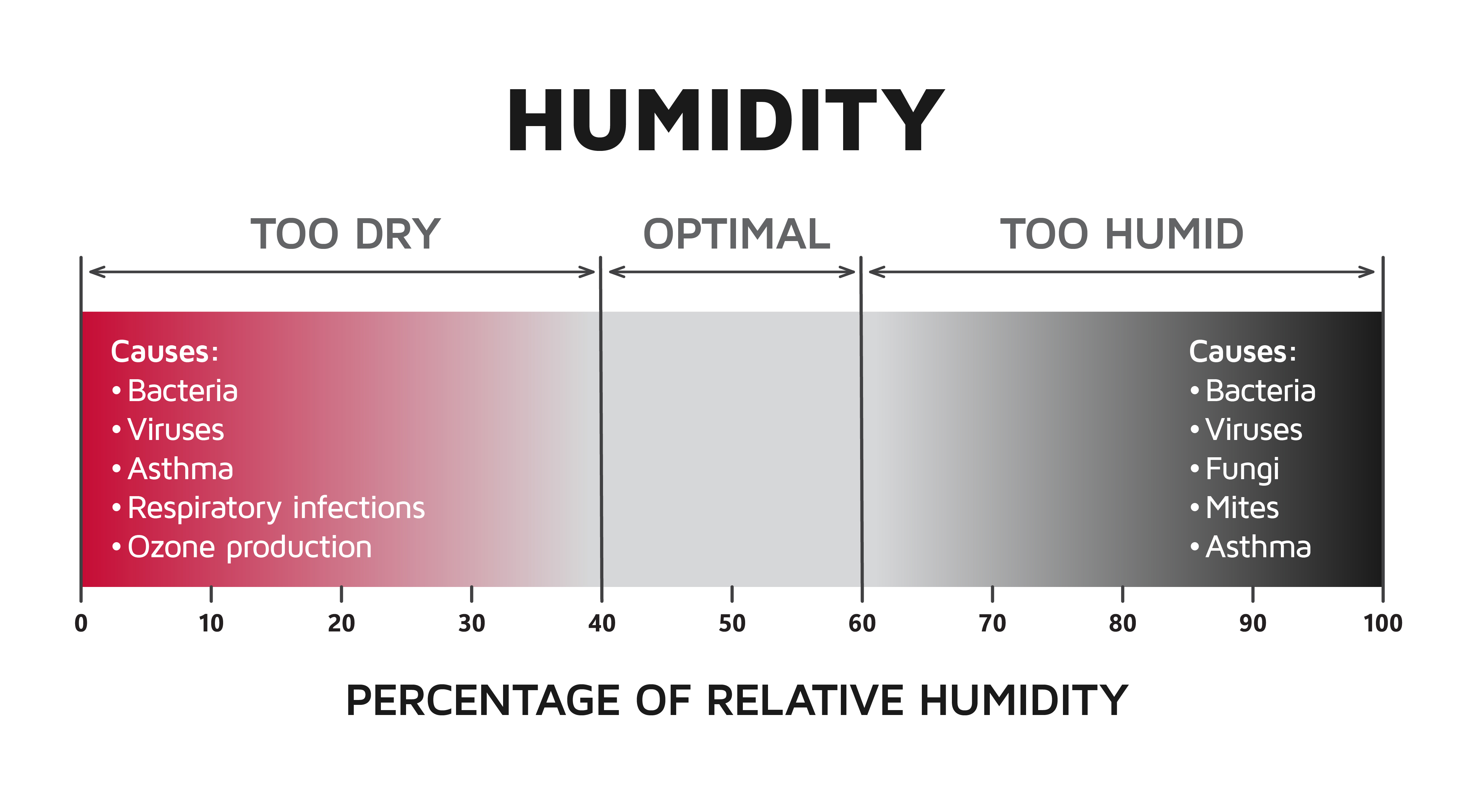
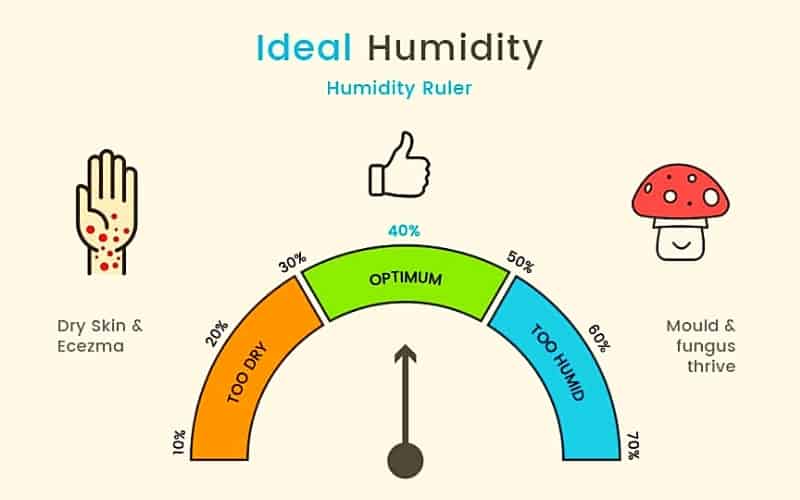


.jpg?width=3508&name=Humidity level chart (1).jpg)
